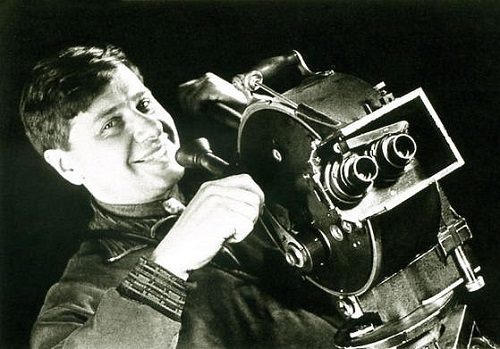Soviet manufacturers of porcelain figurines

Sculptures from the series Soviet Socialist Republics, sculptor N. A. Malysheva, Dulevo Porcelain Factory, 1950-60.
Soviet manufacturers of porcelain figurines, whose products today cost hundreds of thousands of rubles
Porcelain figurines of the Soviet period today, without exaggeration, can be called true works of art. Surprisingly, these products were appreciated only after the disappearance of the state in which they were born from the map of the world. Today we will talk about the productions that gave mankind true beauty – unique porcelain figurines, for which collectors from different parts of the globe are ready to pay hundreds, if not thousands of dollars.

Animal Science LFZ. Soviet manufacturers of porcelain figurines.
Dulevo plant, Likino-Dulyovo, Moscow region.
The characteristic features of the figurines that came off the conveyors of this enterprise were exquisite floral ornaments, consisting of large rose flowers with rounded petals. All local products were united by similar features, because the sketches, which were later embodied in porcelain figures, were developed by the same authors. The color palette was dominated by red and its shades, so even today, when you see such a product, you can guess where it was made.

Sculptural composition The Princess and the Pea, Dulevo porcelain, sculptor A. D. Brzhezitskaya, 1958.
Leningrad porcelain factory.
After the revolution, the Leningrad Porcelain Factory became the largest Imperial Porcelain Factory in Tsarist Russia, whose products were actively exported and were held in high esteem by true connoisseurs. Notable features of the local products were bright figured painting and a perfectly white smooth surface.

Tray Carpet-makers from a writing instrument Discussion of the Stalinist Constitution on the Collective Farm of Uzbekistan, rare painting, sculptor Danko N. Ya., LFZ, agitation, 1930s. Soviet manufacturers of porcelain figurines.
Dmitrovsky plant, Verbilki village, Moscow region.
The highlight of the products of this enterprise is that it was created mainly based on fairy tales, epics and songs. The peak of production fell on the 1930s, to find at least one such copy today is a rare success.

A set of figurines, triptych Three Brothers based on the fairy tale The Frog Princess, sculptor Lotov N. A., Verbilki, 1950-60. Soviet manufacturers of porcelain figurines.
Kyiv plant.
The enterprise functioned in the capital of Ukraine, it was one of the oldest of its kind, but, unfortunately, it was destroyed during the war years. After the war, the plant was restored, most of the local artists were masters of the famous Petrykivka painting, hence the theme. This is the only factory of its kind that was engaged in the mass production of products with traditional Ukrainian ornaments.

Statuette Dandy Wolf from the series On the topic of the day, author V. Shcherbina, Kyiv ECCZ, 1950-60.
Gzhel production in the Moscow region.
The products of this enterprise are unique in cobalt, in blue tones, with sophisticated painting. The perfect combination of white and pale blue is the first sign by which specialists understand at a glance which company’s products are in their hands.
All the factories listed above produced at one time the most expensive porcelain in the Union, and some products cost mere pennies, they were affordable for a wide range of buyers, then no one thought about any value of the products. Today, genre and animal figurines are replenishing the world’s best collections, and seasoned collectors are ready to pay a round sum for o to get at their disposal a unique creation of Soviet sculptors.

Huge commemorative prize, author’s porcelain Snowman of the Moscow International Ice Hockey Tournament for the prize of the Izvestia newspaper, Gzhel, 1987.
Where could I buy?
Sometimes rare specimens worth a couple of hundred thousand rubles apiece, or even more, come across on thematic Internet resources. The pricing of collectible figurines depends on a number of factors.
- Circulation. The more units were made at one time, the lower their cost. Accordingly, the price of products produced in limited editions can be hundreds of thousands of rubles.
- State. The more obvious signs of wear and tear on the figurine (chips, lack of elements, abrasions, cracks, etc.), the cheaper it will be.
- Author. There were collections that were highly valued only because their creator was a well-known person who enjoyed authority in his field. Also, the price of the figurine is added by the author’s monogram on the bottom or the author’s signature.
- The history of an instance. There are figures that were created by individual order or dedicated to some significant event. These are valued above all, as they have their own unique history.





